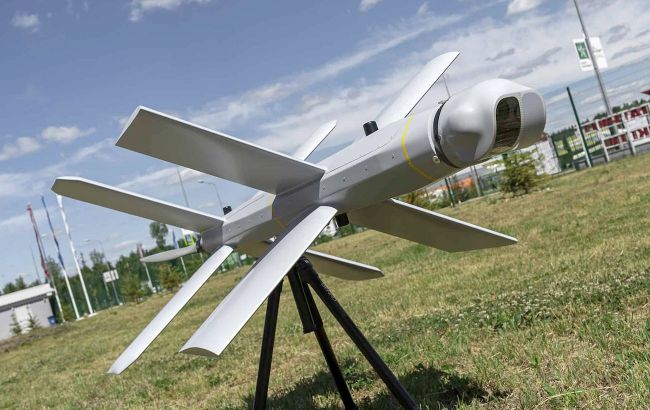Russia and China want to transform Shahed into Lancet munition
 Photo: Russia and China want to transform Shahed into Lancet munition (mil.inua)
Photo: Russia and China want to transform Shahed into Lancet munition (mil.inua)
In cooperation with China, Russia is working on transforming the Shahed-136 into a Lancet-type munition. Both products are kamikaze drones, but there is a significant difference between them, according to Defense Express.
The Shahed is launched to strike stationary targets without the capability for supplementary reconnaissance or target refinement.
The Lancet is designed primarily to engage moving targets. It can find such targets or can be homed on them.
"The main difference between them is communication, as the barrage munition needs to transmit video and receive control commands. And given the presentation from the Russian Alabuga, where the Shahed-136 is manufactured, received from our own sources, the enemy is actively cooperating with Chinese companies to solve this problem," the agency notes.
These are attempts to install Russian radio communication modules in the Shahed-136, for example, products from Russian companies Aerob, Inwave, and others. However, they point out significant drawbacks of each proposal: low power, low noise immunity, or an extremely high price.
"But the products of Chinese companies did not cause such complaints, and Alabuga specialists have already tested communication modules directly in China. In particular, we are talking about the TX900 product from the Chinese company VCan Group Ltd (commercial brand iVcan). It is noted that during the tests, HD video was received via a repeater at a distance of 220 km with a delay of 60 ms," the agency reports.
Russia uses Shaheds against the war in Ukraine
In the fall of 2022, Russia began using Iranian-made Shahed-136 kamikaze drones for the first time.
Last night, Ukraine's air defense shot down 5 Shahed-131/136 strike UAVs and 1 Orlan-10 reconnaissance UAV.
The Air Force also states that the Russian army will intensify its shelling of Ukraine. The enemy still has enough missiles.

